- (Topic 5)
You plan to create an Azure virtual machine named VM1 that will be configured as shown in the following exhibit.
The planned disk configurations for VM1 are shown in the following exhibit.
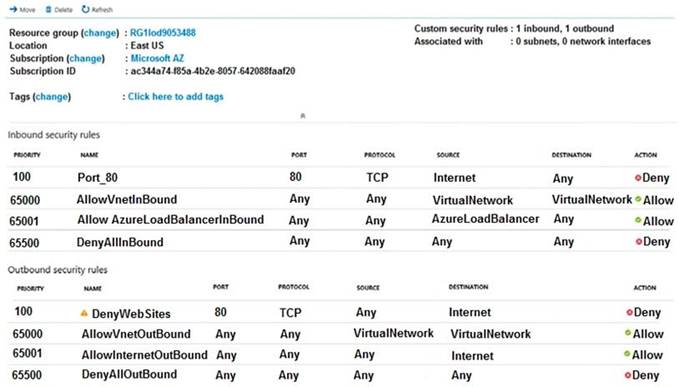

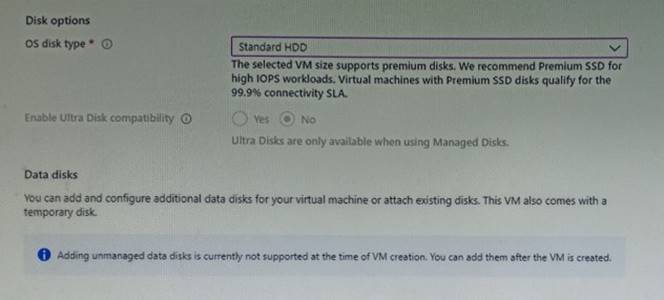
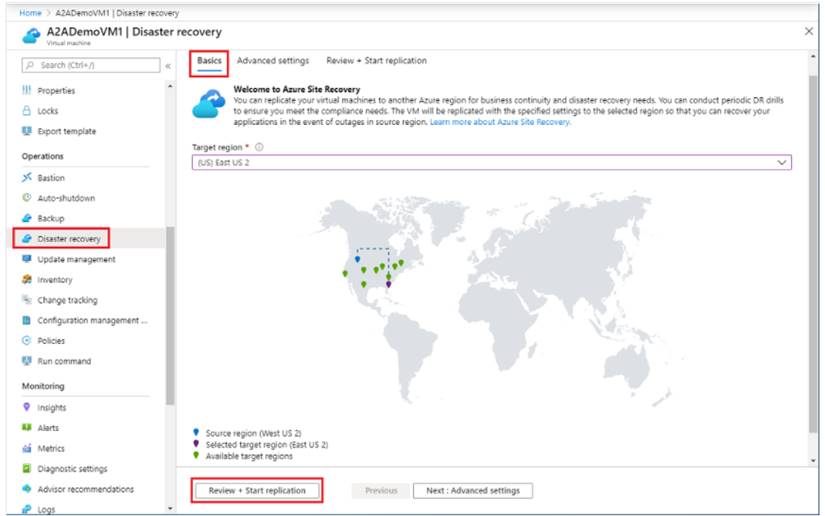
You need to ensure that VM1 can be created in an Availability Zone.
Which two settings should you modify? Each correct answer presents part of the solution. NOTE: Each correct selection is worth one point.
Correct Answer:
AB
https://docs.microsoft.com/en-us/azure/site-recovery/move-azure-vms-avset-azone https://docs.microsoft.com/en-us/azure/virtual-machines/windows/create-portal-availability- zone https://docs.microsoft.com/en-us/azure/virtual-machines/manage-availability https://docs.microsoft.com/en-us/azure/availability-zones/az-overview#availability-zones
HOTSPOT - (Topic 5) You have an Azure subscription that contains the virtual networks shown in the following table.
You have an Azure subscription that contains the virtual networks shown in the following table.
The subscription contains the virtual machines shown in the following table.
The subscription contains the Azure App Service web apps shown in the following table.
For each of the following statements, select Yes if the statement is true. Otherwise, select No.
NOTE: Each correct selection is worth one point.
Solution:
✑ WebApp1 can communicate with VM2. No, this is not correct. According to the tables, WebApp1 is integrated with VNet1, which has a peering connection with VNet2. However, VM2 is in VNet3, which is not peered with VNet1 or VNet2. Therefore, WebApp1 cannot communicate with VM2 across different virtual networks1.
VNet2. Therefore, WebApp1 cannot communicate with VM2 across different virtual networks1.
✑ NSG1 controls inbound traffic to WebApp1. No, this is not correct. According to the tables, NSG1 is associated with Subnet1 in VNet1, which is integrated with WebApp1. However, network security groups only control outbound traffic from App Service apps to virtual networks, not inbound traffic to App Service apps from virtual networks2. Therefore, NSG1 does not control inbound traffic to WebApp1.
✑ WebApp2 can communicate with VM1. Yes, this is correct. According to the tables, WebApp2 is integrated with VNet3, which has a peering connection with VNet2. VM1 is in Subnet2 in VNet2, which has a network security group named NSG2 that allows inbound traffic from any source on port 803. Therefore, WebApp2 can communicate with VM1 on port 80 across peered virtual networks.
Does this meet the goal?
Correct Answer:
A
HOTSPOT - (Topic 5)
You have the role assignment file shown in the following exhibit.
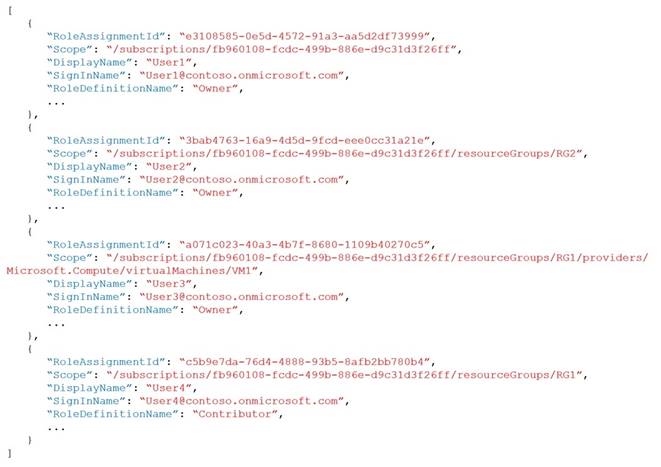
Use the drop-down menus to select the answer choice that completes
Use the drop-down menus to select the answer choice that completes each statement based on the information presented in the graphic.
NOTE: Each correct selection is worm one point.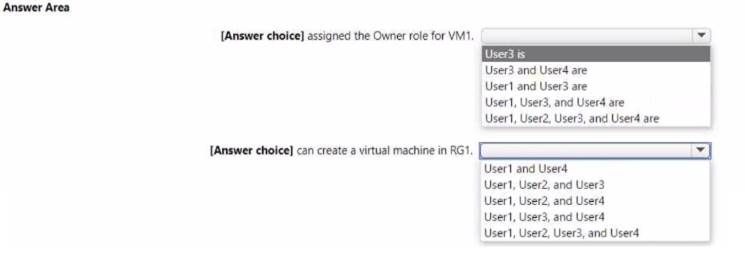
Solution:
Does this meet the goal?
Correct Answer:
A
- (Topic 5)
You have an Azure subscription named Subscription1 that contains the resources shown in the following table.
You create virtual machines in Subscription1 as shown in the following table.
You plan to use Vault1 for the backup of as many virtual machines as possible. Which virtual machines can be backed up to Vault1?
Correct Answer:
A
 To create a vault to protect virtual machines, the vault must be in the same region as the virtual machines. If you have virtual machines in several regions, create a Recovery Services vault in each region.
To create a vault to protect virtual machines, the vault must be in the same region as the virtual machines. If you have virtual machines in several regions, create a Recovery Services vault in each region.
References:
https://docs.microsoft.com/bs-cyrl-ba/azure/backup/backup-create-rs-vault
- (Topic 5)
You have an Azure Active Directory (Azure AD) tenant named contoso.com.
You have a CSV file that contains the names and email addresses of 500 external users. You need to create a guest user account in contoso.com for each of the 500 external users.
Solution: You create a Power Shell script that runs the New-MgUser cmdlet for each user. Does this meet the goal?
Correct Answer:
B
https://learn.microsoft.com/en-us/azure/active-directory/external-identities/tutorial-bulk-invite?source=recommendations